| Rus | Eng |
The 6th International Symposium on Functional Materials, 4th – 7th August, 2014
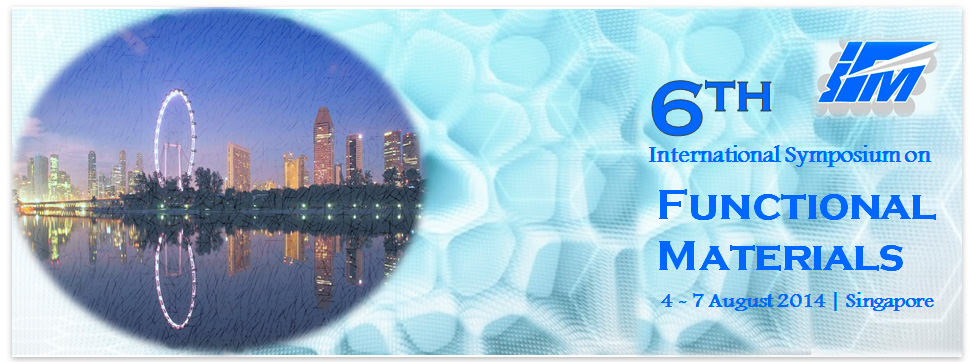
The 6th International Symposium on Functional Materials (ISFM 2014) is held in Novotel Clark Quay Hotel, Singapore, 4th – 7th August, 2014
This multidisciplinary symposium brings together scientists, researchers and engineers in the fundamental materials science, processing and fabrication, and engineering applications of functional materials. The symposium will cover a broad spectrum of key topics related to energy, environmental, biomedical, electronic and nanostructure materials. 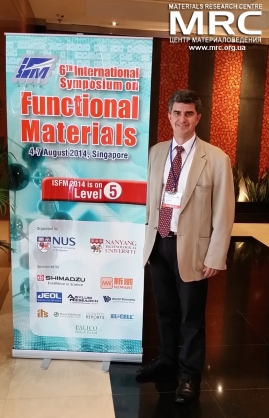 This symposium provides an ideal platform and excellent opportunity for researchers and experts in advanced functional materials from around the world to exchange research ideas and practical experiences.
This symposium provides an ideal platform and excellent opportunity for researchers and experts in advanced functional materials from around the world to exchange research ideas and practical experiences.
Tue., August 5 - prof. Yury Gogotsi, Distinguished University Professor and Trustee Chair in Drexel University, Philadelphia, USA, is invited at the 6th International Symposium on Functional Nanomaterials in Singapor to give a Plenary Lecture on "Functional Carbon Nanomaterials for Capacitive Energy Storage".
Dr. Yury Gogotsi is Distinguished University Professor and Trustee Chair of Materials Science and Engineering at Drexel University. He is also the founding Director of the A.J. Drexel Nanomaterials Institute and Associate editor of ACS Nano. He works on nanostructured carbons and other nanomaterials for energy related and biomedical applications. He is credited with more than 370 papers and more than 50 patents. He has received numerous national and international awards for his research and was elected a Fellow of AAAS, MRS, ECS and ACerS and a member of the World Academy of Ceramics.
Dr. Yury Gogotsi,s Plenary Lecture on "Functional Carbon Nanomaterials for Capacitive Energy Storage"
Wide use of renewable energy sources will require a drastically increased ability to store electrical energy. Chemical (batteries) and capacitive energy storage (electrochemical capacitors or supercapacitors) devices are expected to play an important role, as we are moving towards the electrical economy. This presentation will provide a brief summary of carbon use in capacitive energy storage. The main message is that the success in increasing both, the energy stored by the device and its power, can be achieved by combining the right carbon (nano)structure with a proper electrolyte and the optimal electrode design.
There is no perfect carbon material and no electrolyte to suit every performance goal. However, a large variety of nanostructured carbon materials are available nowadays. 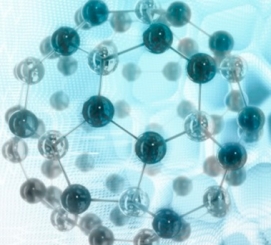 The exciting world of carbon materials includes 0-, 1-, 2- and 3D structures. Zero- and one-dimensional nanoparticles, such as onion-like carbon and nanotubes, can provide a high power due to fast ion sorption/desorption on their outer surfaces. Two-dimensional graphene has been receiving an increasing attention due to its higher charge-discharge rates compared to porous carbons and high volumetric energy density. Three-dimensional porous activated, carbide-derived and templated carbon networks, having a high surface area and porosity in the subnanometer or a few-nanometers range, can provide high energy density if the pore size is matched with the electrolyte ion size. While aqueous electrolytes, such as sodium sulfate, are the safest and least expensive, they have a limited voltage window. Organic electrolytes are the most commonly used ones in commercial devices. Non-flammable ionic liquids are attracting an increasing attention due to their low vapor pressure leading to a safe operation in the range from -50°C to at least 100°C and a larger voltage window resulting in a higher energy density compared to other electrolytes.
The exciting world of carbon materials includes 0-, 1-, 2- and 3D structures. Zero- and one-dimensional nanoparticles, such as onion-like carbon and nanotubes, can provide a high power due to fast ion sorption/desorption on their outer surfaces. Two-dimensional graphene has been receiving an increasing attention due to its higher charge-discharge rates compared to porous carbons and high volumetric energy density. Three-dimensional porous activated, carbide-derived and templated carbon networks, having a high surface area and porosity in the subnanometer or a few-nanometers range, can provide high energy density if the pore size is matched with the electrolyte ion size. While aqueous electrolytes, such as sodium sulfate, are the safest and least expensive, they have a limited voltage window. Organic electrolytes are the most commonly used ones in commercial devices. Non-flammable ionic liquids are attracting an increasing attention due to their low vapor pressure leading to a safe operation in the range from -50°C to at least 100°C and a larger voltage window resulting in a higher energy density compared to other electrolytes.
Further advances in development of materials and understanding charged solid-electrolyte interfaces are expected to lead to a wider use of capacitive energy storage at the scales ranging from microelectronics to automobiles and electrical grid.
Source: www.isfm2014.org


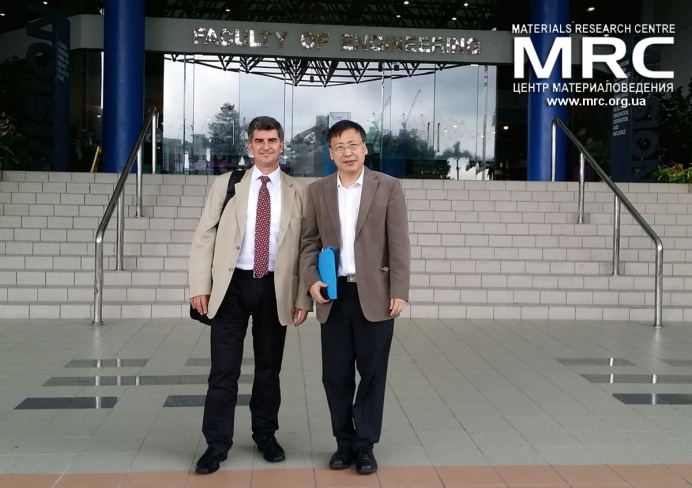
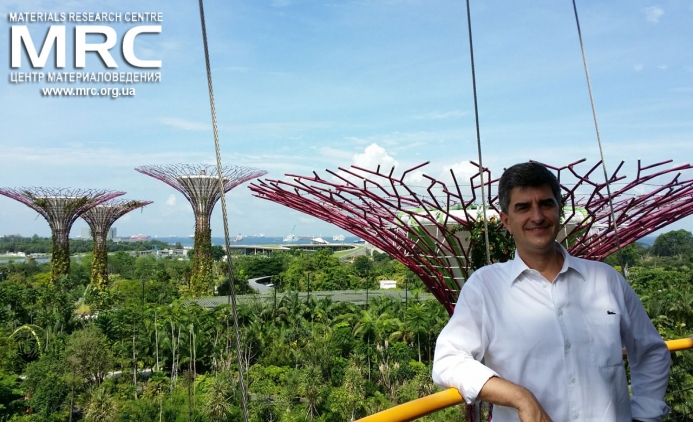
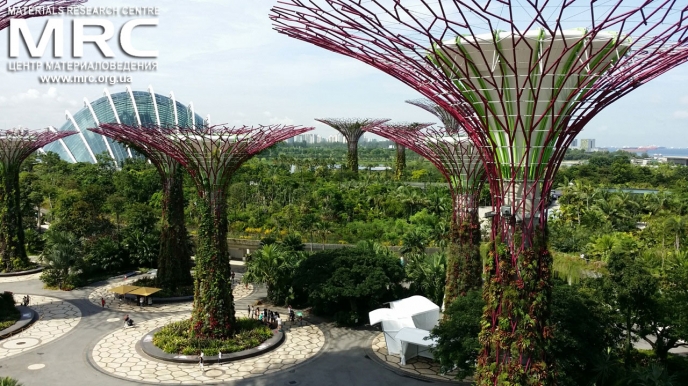

 Highlights
Highlights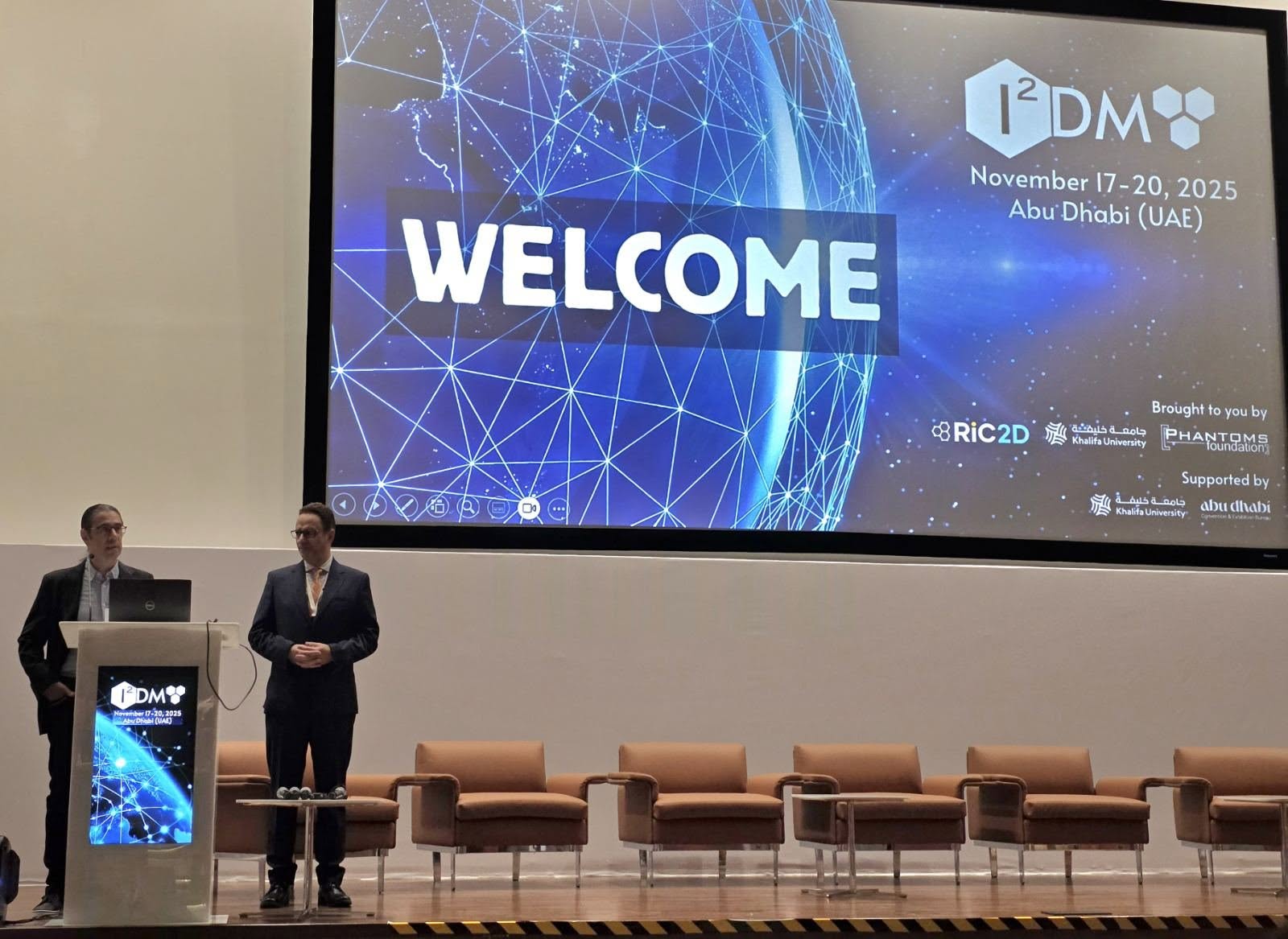 We are excited to share that our Carbon-Ukraine (Y-Carbon LLC) company participated in the I2DM Summit and Expo 2025 at Khalifa University in Abu-Dhabi! Huge thanks to Research & Innovation Center for Graphene and 2D Materials (RIC2D) for hosting such a high-level event.It was an incredible opportunity to meet brilliant researchers and innovators working on the next generation of 2D materials. The insights and energy from the summit will definitely drive new ideas in our own development.
We are excited to share that our Carbon-Ukraine (Y-Carbon LLC) company participated in the I2DM Summit and Expo 2025 at Khalifa University in Abu-Dhabi! Huge thanks to Research & Innovation Center for Graphene and 2D Materials (RIC2D) for hosting such a high-level event.It was an incredible opportunity to meet brilliant researchers and innovators working on the next generation of 2D materials. The insights and energy from the summit will definitely drive new ideas in our own development. Carbon-Ukraine team had the unique opportunity to visit XPANCEO - a Dubai-based deep tech startup company that is developing the first smart contact lenses with AR vision and health monitoring features, working on truly cutting-edge developments.
Carbon-Ukraine team had the unique opportunity to visit XPANCEO - a Dubai-based deep tech startup company that is developing the first smart contact lenses with AR vision and health monitoring features, working on truly cutting-edge developments. Our Carbon-Ukraine team (Y-Carbon LLC) are thrilled to start a new RIC2D project MX-Innovation in collaboration with Drexel University Yury Gogotsi and Khalifa University! Amazing lab tours to project collaborators from Khalifa University, great discussions, strong networking, and a wonderful platform for future collaboration.
Our Carbon-Ukraine team (Y-Carbon LLC) are thrilled to start a new RIC2D project MX-Innovation in collaboration with Drexel University Yury Gogotsi and Khalifa University! Amazing lab tours to project collaborators from Khalifa University, great discussions, strong networking, and a wonderful platform for future collaboration.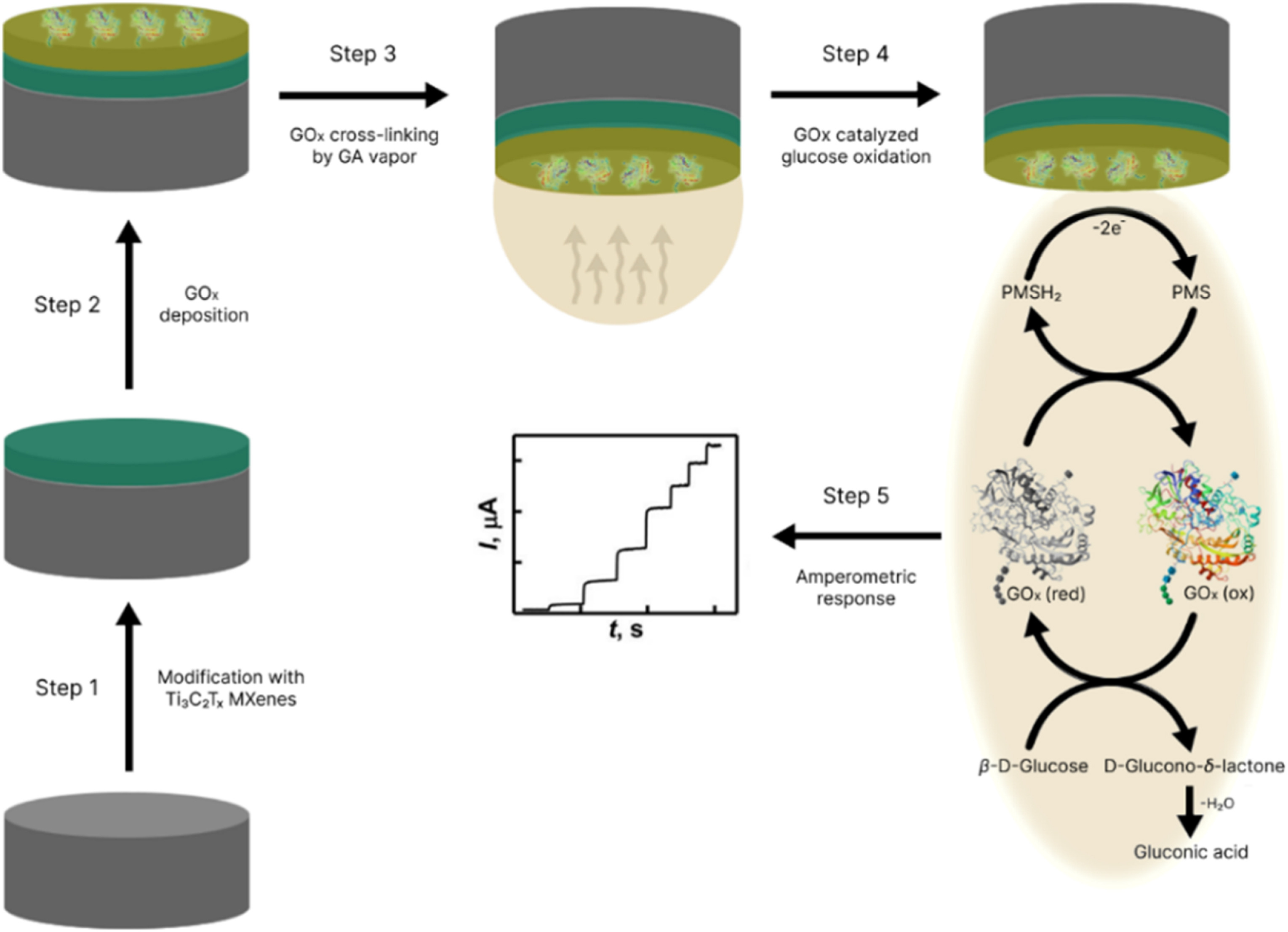
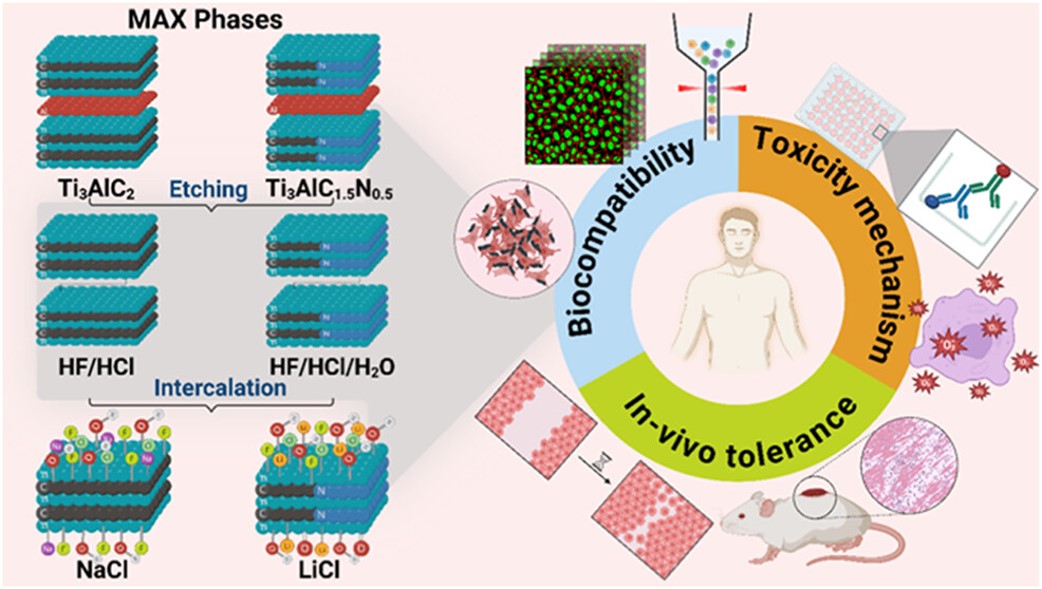 MXenes potential applications include sensors, wound healing materials, and drug delivery systems. A recent study explored how different synthesis methods affect the safety and performance of MXenes. By comparing etching conditions and intercalation strategies, researchers discovered that fine-tuning the surface chemistry of MXenes plays a crucial role in improving biocompatibility. These results provide practical guidelines for developing safer MXenes and bring the field one step closer to real biomedical applications.
MXenes potential applications include sensors, wound healing materials, and drug delivery systems. A recent study explored how different synthesis methods affect the safety and performance of MXenes. By comparing etching conditions and intercalation strategies, researchers discovered that fine-tuning the surface chemistry of MXenes plays a crucial role in improving biocompatibility. These results provide practical guidelines for developing safer MXenes and bring the field one step closer to real biomedical applications. An excellent review highlighting how MXene-based sensors can help tackle one of today’s pressing environmental challenges — heavy metal contamination. Excited to see such impactful work moving the field of environmental monitoring and sensor technology forward!
An excellent review highlighting how MXene-based sensors can help tackle one of today’s pressing environmental challenges — heavy metal contamination. Excited to see such impactful work moving the field of environmental monitoring and sensor technology forward!
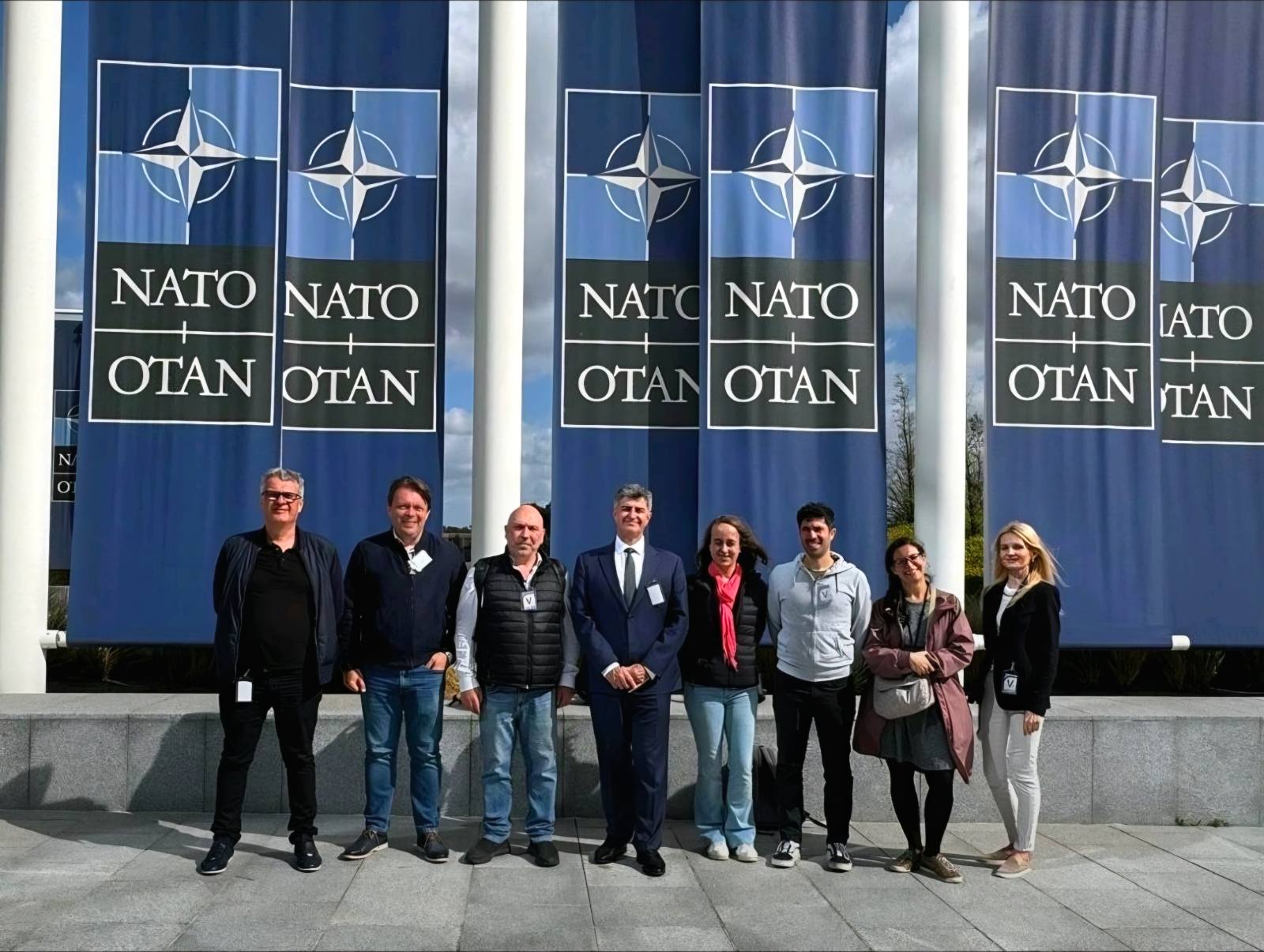 Carbon-Ukraine team was truly delighted to take part in the kickoff meeting of the ATHENA Project (Advanced Digital Engineering Methods to Design MXene-based Nanocomposites for Electro-Magnetic Interference Shielding in Space), supported by NATO through the Science for Peace and Security Programme.
Carbon-Ukraine team was truly delighted to take part in the kickoff meeting of the ATHENA Project (Advanced Digital Engineering Methods to Design MXene-based Nanocomposites for Electro-Magnetic Interference Shielding in Space), supported by NATO through the Science for Peace and Security Programme. Exellent news, our joint patent application with Drexel University on highly porous MAX phase precursor for MXene synthesis published. Congratulations and thanks to all team involved!
Exellent news, our joint patent application with Drexel University on highly porous MAX phase precursor for MXene synthesis published. Congratulations and thanks to all team involved!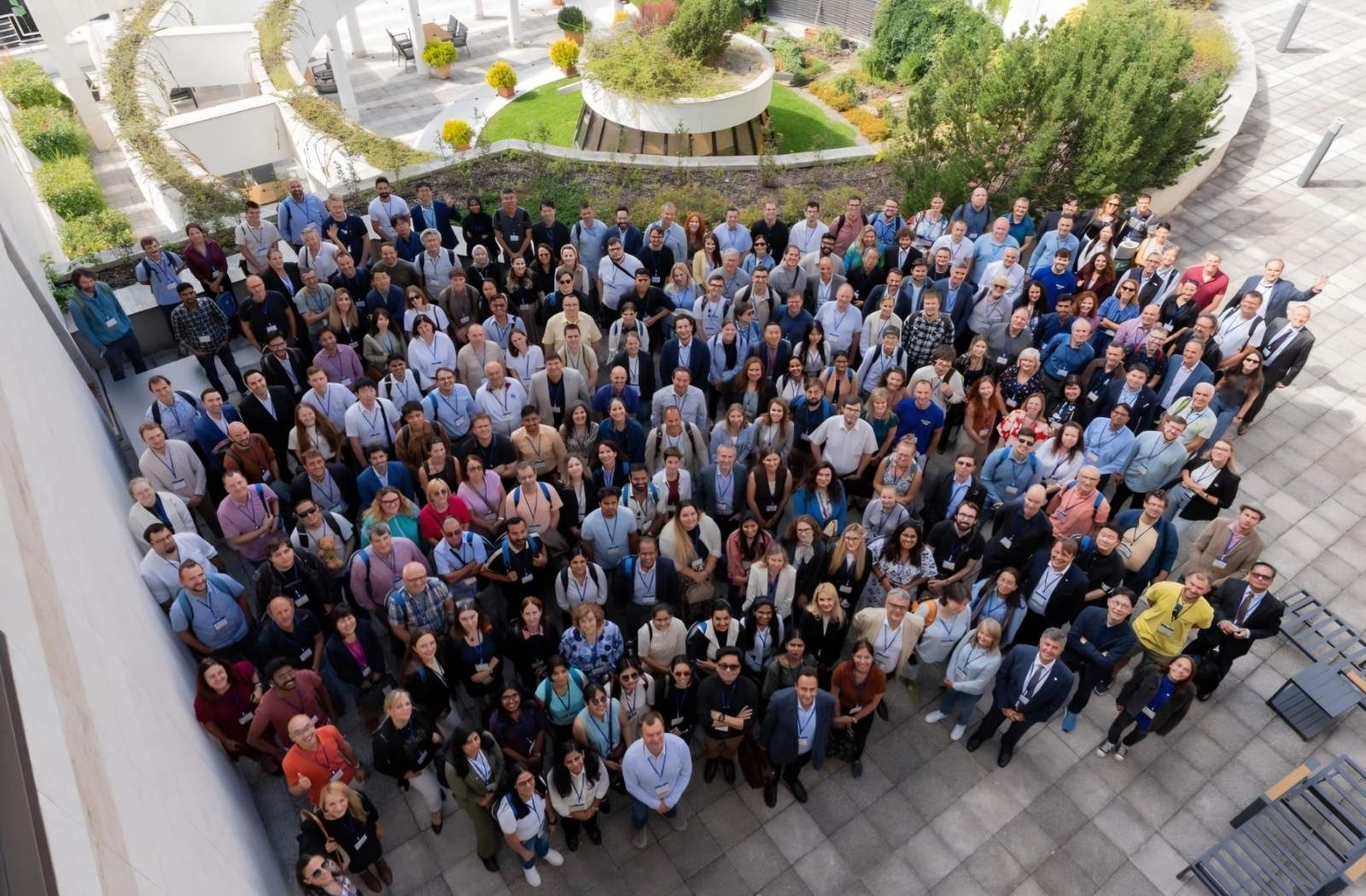 Our team was very delighted to take part in International Symposium "The MXene Frontier: Transformative Nanomaterials Shaping the Future" – the largest MXene event in Europe this year!
Our team was very delighted to take part in International Symposium "The MXene Frontier: Transformative Nanomaterials Shaping the Future" – the largest MXene event in Europe this year!  Last Call! Have you submitted your abstract for IEEE NAP-2025 yet? Join us at the International Symposium on "The MXene Frontier: Transformative Nanomaterials Shaping the Future" – the largest MXene-focused conference in Europe this year! Final Submission Deadline: May 15, 2025. Don’t miss this exclusive opportunity to showcase your research and engage with world leaders in the MXene field!
Last Call! Have you submitted your abstract for IEEE NAP-2025 yet? Join us at the International Symposium on "The MXene Frontier: Transformative Nanomaterials Shaping the Future" – the largest MXene-focused conference in Europe this year! Final Submission Deadline: May 15, 2025. Don’t miss this exclusive opportunity to showcase your research and engage with world leaders in the MXene field! We are excited to announce the publication of latest review article on MXenes in Healthcare. This comprehensive review explores the groundbreaking role of MXenes—an emerging class of 2D materials—in revolutionizing the fields of medical diagnostics and therapeutics. Read the full article here: https://doi.org/10.1039/D4NR04853A.
We are excited to announce the publication of latest review article on MXenes in Healthcare. This comprehensive review explores the groundbreaking role of MXenes—an emerging class of 2D materials—in revolutionizing the fields of medical diagnostics and therapeutics. Read the full article here: https://doi.org/10.1039/D4NR04853A. Congratulations and thank you to our collaborators from TU Wien and CEST for very interesting work and making it published! In this work, an upscalable electrochemical MXene synthesis is presented. Yields of up to 60% electrochemical MXene (EC-MXene) with no byproducts from a single exfoliation cycle are achieved.
Congratulations and thank you to our collaborators from TU Wien and CEST for very interesting work and making it published! In this work, an upscalable electrochemical MXene synthesis is presented. Yields of up to 60% electrochemical MXene (EC-MXene) with no byproducts from a single exfoliation cycle are achieved. Congratulations to all collaborators with this interesting joint work!
Congratulations to all collaborators with this interesting joint work!